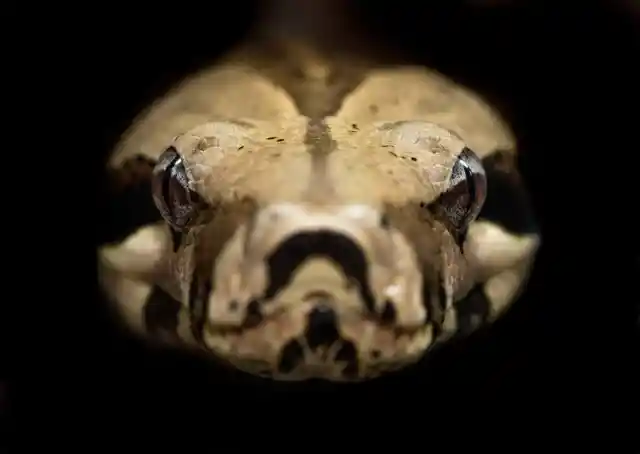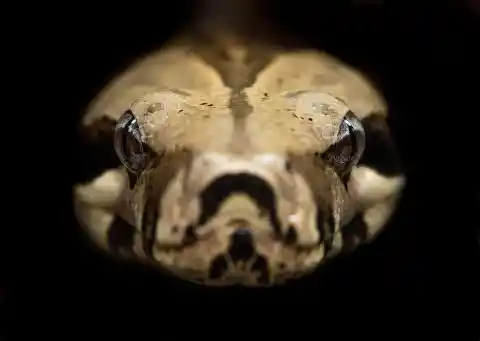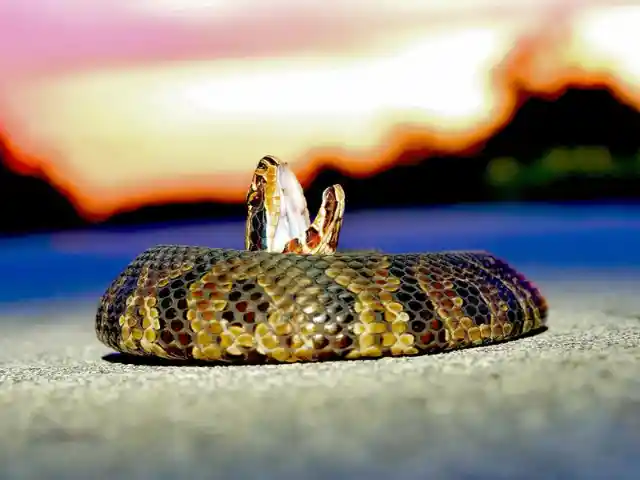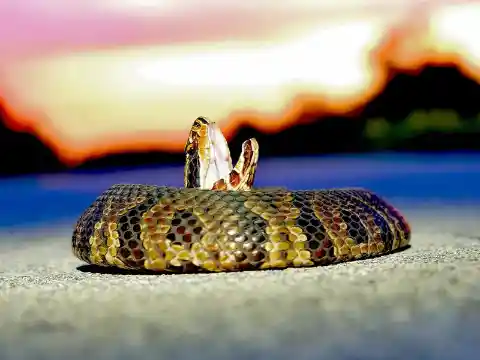When going backpacking in the wild, you might come across various kinds of snakes on your trail. Some snakes would be venomous, some not so much – but as a backpacker, you should be able to tell one from the other.
So we compiled a list for you of 3 venomous snakes and how to identify them!


Western Diamondback
Western Diamondback is known for its distinctive rattle. As the name suggests, you will find peculiar brown diamond patterns on its back. The head of the snake is triangular. Look out for this snake when you find yourself anywhere between Southern California to Texas. Its habitat includes deserts, rocky areas, and grasslands. Diamondbacks are one of the largest rattlesnakes and also one of the most defensive snakes found in the region. The bite of the rattlesnake can be deadly.
Copperhead
Copperhead may look beautiful, but don’t let its beauty fool you! They are shorter in length in comparison to rattlesnakes, ranging in size from 2 to 3 feet. The copperhead is quite easy to identify due to its orange color and darker hourglass-shaped crossbands. Look out for them when you are anywhere between West Texas to the Atlantic. Their habitat includes grasslands, forests, and scrublands. When compared to rattlesnakes, they have less venom – but it still needs immediate medical attention.


Cottonmouth
Cottonmouth gets its name from its distinctive white mouth. Cottonmouth opens its mouth in a defensive display against a threat. If you can see the white mouth, you are probably too close to the snake. Cottonmouth is more likely to be found in the southeast – but you can spot them as far west as Texas. It is also called water moccasin – you can spot these semi-aquatic vipers generally in and around water.